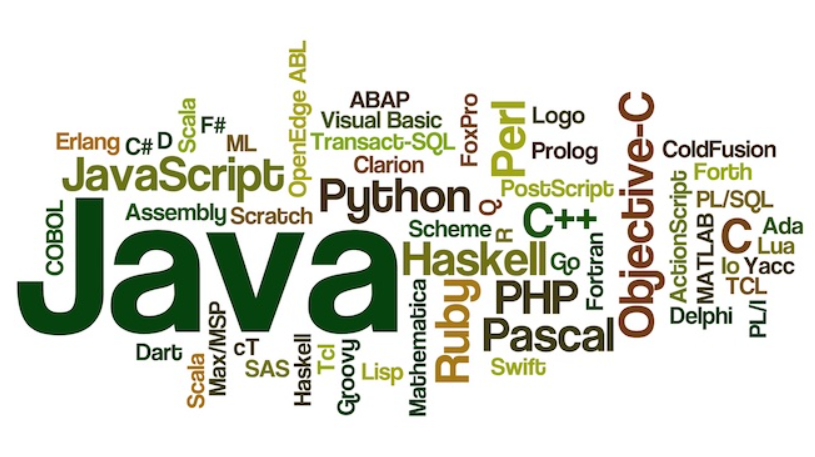Types Of Computer Languages: Explanation
By the end of this Article, you’ll have an awareness at the development of types of programming languages and their classification into low and high-level.
You’ll also know that low-level languages are considered to be machine code and assembly language to fully start with look what we mean by the word programming paradigm now, the word powerdine means to describe an example or pattern in our computing context.
We mean it as a way to describe an example of a way of doing things, so software, as we know, is written using programming languages, and as programmers, you’ve come to expect programming languages to have facilities such as variables, loops, conditions, arrays, etc.
This is whether you’re programming in Python, Visual Basic, or another procedural language. The syntax or commands are slightly different, but the underlying concepts haven’t changed that much, and this is our programming paradigm; it’s a way of doing things.

Python and Visual Basic are similar because they come from the same family of languages but there are other ways of doing things.
There are other programming paradigms now at a very top abstract level. We can sort all programming languages into two broad categories they are low-level languages and high-level languages.
It’s a high-level language that you have been using to learn to program, so how do computer languages evolve.
Well, when computers were first invented, the only way to program them was to work in the actual binary numbers that represented different instructions. Those instructions, as well as the addresses in memory where data was being stored, also had to be referred to as numbers.
The actual programmer would have to program the exact sequence of ones and zeros directly into the computer. This sequence of ones and zeros is machine language, and it accesses the hardware directly to execute the instructions.
The program provided a consequence of this, of course, was that in the early days, there were ver,y very few people who were able to program, remembering the exact sequence of ones and zeros to come out, even incredibly simple tasks served as a complex process, and the tiniest of errors was called the program not working in the late 1940s.
A language was developed which simply took each of the binary numbers that stood for instructions and addresses and allowed them to be written instead as groups of letters.
Now this is the birth of the assembly language. There’s a direct one-to-one relationship between assembly language and machine code.
In other words, you supply a single line of assembly code, and it is directly looked up and returns one line of executable machine language.
Obviously, a consequence of moving from machine language to assembly language is that now programming is a lot more accessible, remembering.
The command add num1 as opposed to the string of binary ones and zeros, made the language a lot more accessible.
Now, the languages we’ve been looking at so far are referred to as low-level languages, and that’s because assembly language and especially machine language are incredibly close to the actual hardware. The first language that could go further than this was developed in the early 1950s.
The first of those was called Fortran; these languages differed from assembler as each instruction could give rise to many lines of machine code, or now we had a one-to-many relationship.
These much more complex languages are called high-level languages. The early high-level languages for a basic Fortran, C, and Pascal later Later came more object-oriented languages the birth of Java and visual languages like Visual Basic.
These will be some of the ones that you’ve been learning to program, most likely, and these are all called high-level languages










